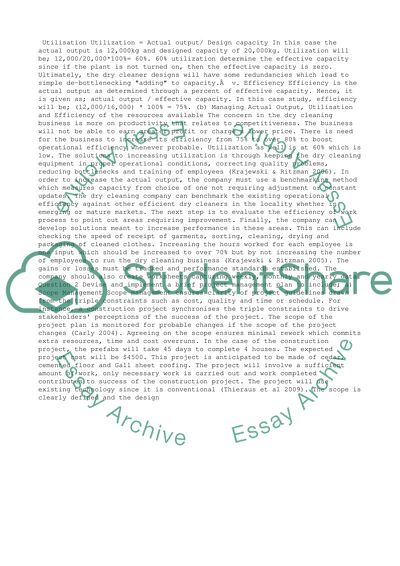Cite this document
(“Project management Case Study Example | Topics and Well Written Essays - 1500 words”, n.d.)
Project management Case Study Example | Topics and Well Written Essays - 1500 words. Retrieved from https://studentshare.org/management/1495796-project-management
Project management Case Study Example | Topics and Well Written Essays - 1500 words. Retrieved from https://studentshare.org/management/1495796-project-management
(Project Management Case Study Example | Topics and Well Written Essays - 1500 Words)
Project Management Case Study Example | Topics and Well Written Essays - 1500 Words. https://studentshare.org/management/1495796-project-management.
Project Management Case Study Example | Topics and Well Written Essays - 1500 Words. https://studentshare.org/management/1495796-project-management.
“Project Management Case Study Example | Topics and Well Written Essays - 1500 Words”, n.d. https://studentshare.org/management/1495796-project-management.


